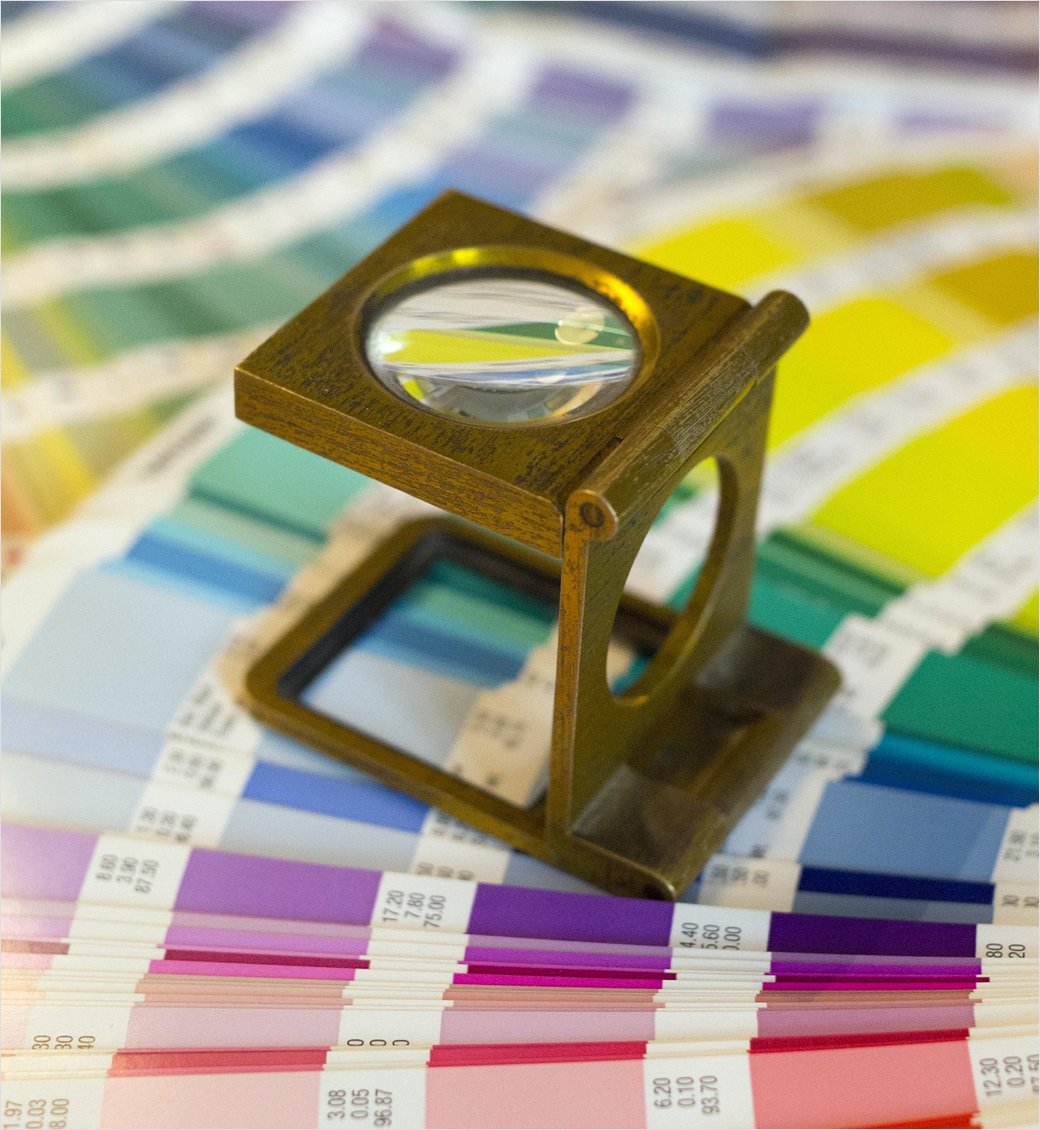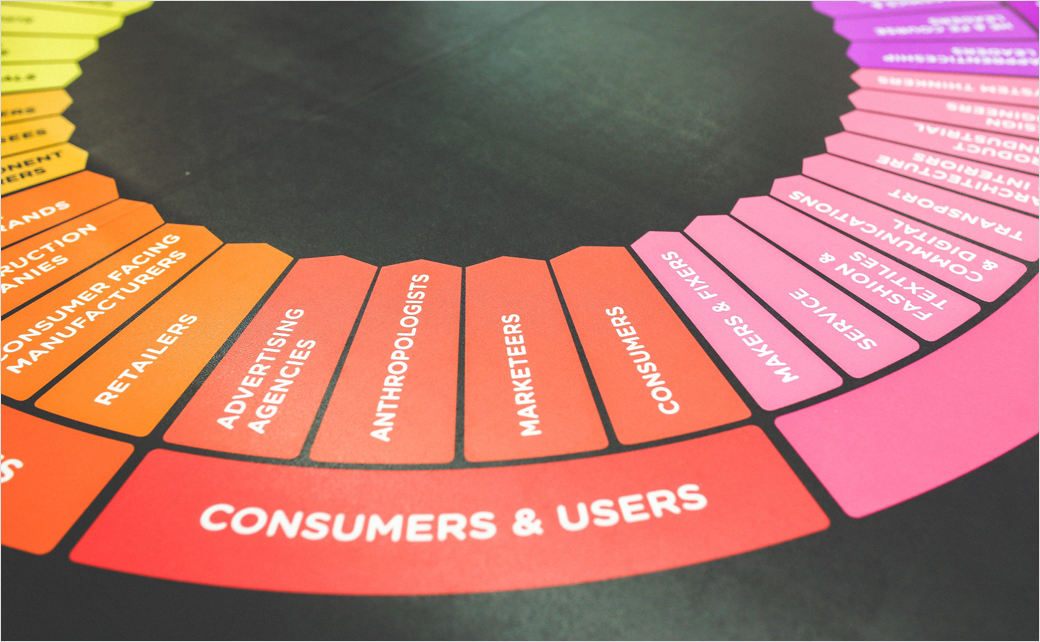Advice: Four Rules About Colour Palettes That Everyone Should Know
Do you realise what potential customers often notice first? It’s usually your image, and a key component of that image – for a business at least – is a thoughtfully designed logo.
Despite your best efforts, people often form opinions about a business based on its exterior. That’s why designing a memorable logo is crucial.
Let’s think about it this way: Everyone has colours that complement them and others that don’t. This is influenced by factors like hair colour, skin tone, and even age. Wearing the wrong colour can lead to feelings of insecurity and a less appealing appearance.
The same principle applies to logos across various industries. If the colour of your logo doesn’t align with your business sector, it can create a disconnect with potential customers. Colours can influence our subconscious in unique ways, so it’s important to consider not just how visually appealing a colour is, but also its psychological implications. This approach will hopefully help your brand stand out and create positive associations in the minds of consumers.
Tackling a new design project can be quite a challenge, especially when it comes to selecting the perfect colour scheme. With countless colour combinations at your disposal, it’s easy to feel overwhelmed. In this article, we’ll explore four fundamental guidelines to assist you in picking the ideal colour palette.
1. Colours should be visually balanced with each other
When designing a future logo that incorporates multiple colours or shades, it’s essential to ensure that they harmonise visually. There are various methods to select colour combinations for your logo:
Monochrome colours: This sophisticated and conservative method is based on the use of different shades, tones of the same colour (for example, the spectrum of red, ranging from light to dark).
Similar colours: This universal method uses shades that are located next to each other on the colour wheel.
Complementary (additional) colours: This scheme involves the use of colours that are opposite each other on the colour wheel (for example, purple and yellow, red and green, orange and blue). Due to their high contrast and high intensity, they can be difficult to apply harmoniously, especially in their pure form.
Separately-complementary colours: This method consists in selecting any colour on the colour wheel, and in addition to it, two flanking colours. In this case, the contrast is as strong as in the complementary composition, but less sharp.
Triadic: In this method, the choice falls on any three colours that are at the same distance from each other (for example, yellow-orange, red-purple and blue-green).
Twice complimentary: The essence of the scheme is that two pairs of colours are selected that complement each other. When using this method, one dominant colour is selected from the four colours first, and then the saturation of some or all colours is adjusted.

2. Be inspired by nature
Nature is home to the most stunning colour combinations. Why is that? Because these hues resonate with our eyes in a way that feels organic. To spark your creativity, simply observe your surroundings. If you notice a striking or radiant colour in your daily life, consider crafting a colour scheme inspired by it. Snap a picture of the scene, and if that’s not an option, browse through stock images to ignite your imagination and create a one-of-a-kind colour scheme.
3. Try to follow the 60-30-10 rule
This enduring design guideline serves as a valuable tool for creating a harmonious colour scheme.
The proportions of 60% + 30% + 10% are designed to ensure a balance of colours used in any given project.
And the concept is incredibly easy to use: 60% is your dominant shade, 30% is your secondary colour, and 10% is your accent colour. The idea is that the secondary colour supports the primary colour, but they are different enough to separate them. Your 10% is the accent colour. It can be deployed as a colour of choice for a particular element that you want to highlight.
To recap: 60% is your dominant shade, 30% is a secondary colour, and 10% is an accent colour. This method allows the eye to conveniently move from one focal point to another.
4. Be careful when using black colour
In real life, pure black is almost never found. All the “black” objects around us have a certain amount of light reflecting off them, which means that they are not completely black, they are dark grey. The roads are not black. The shadows are not black.
Using pure black next to a carefully crafted colour scheme can sometimes result in it taking over the visual space. Instead of the stark #000000, try a softer option like #242424. Adding a hint of saturation to your colours can really elevate the design.








